Before Covid-19 put the entire world at a standstill, I was fortunate to have had the chance to get a glimpse of three of Misamis Oriental’s most enchanting cultural treasures, three stunningly beautiful ancestral houses that have endured the inexorable, and often ruinous passage of time. It may be awhile before other curious wanderers set their sights on these exquisite testaments to artistry and culture. It is however, worth your while to anticipate and plan for a visit to these treasures.
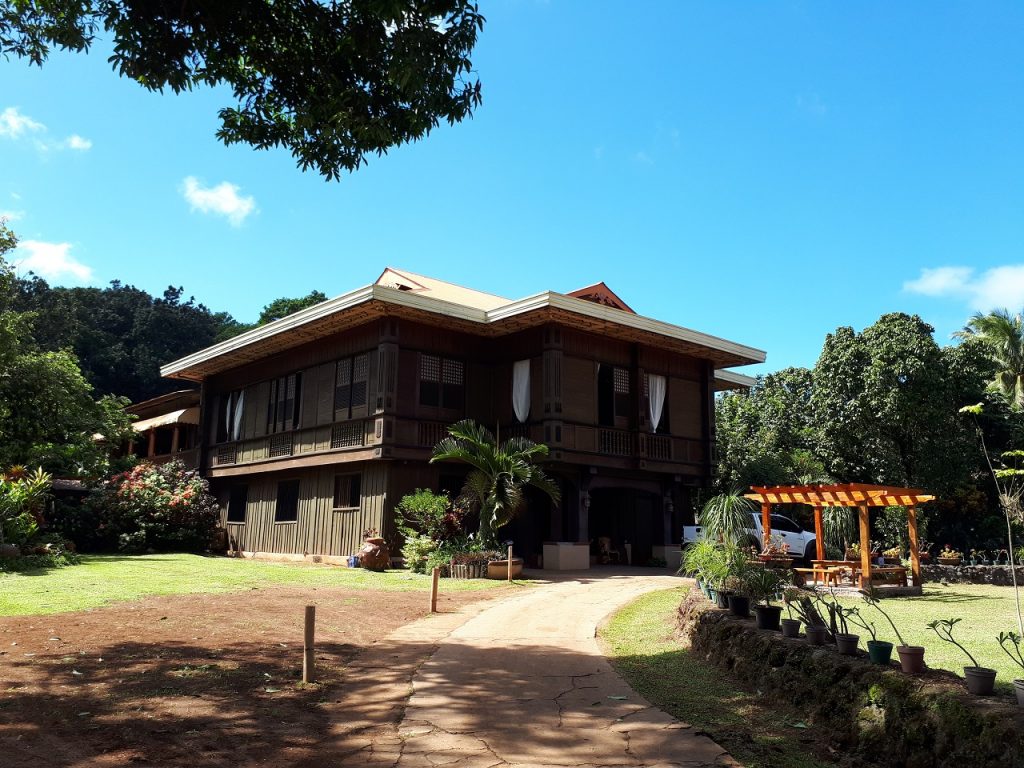
Locating the Ancestral Houses
While there are buses from Cagayan de Oro to Balingasag, Sugbongcogon and Medina where the houses are located, I chose the more convenient option of hiring private transportation. Depending on the type of vehicle and the driver’s skills, I’d say, with some buffer time, a trip from Cagayan de Oro to Balingasag can take up to 1 hour and 20 minutes. From there, add another 40 minutes to Sugbongcogon, and another 40 minutes to Medina.
Each of the houses are located in their respective town centers, close to where the main thoroughfares are. But even if they aren’t immediately visible, it’s impossible to miss them, as they are popular attractions. Ask any local and they’ll be able to point you to the right spot.
Vega Ancestral House
There are conflicting accounts about the origin story of this structure, including which of the Vegas built it. Much of what is known about it seems to have come from Dr. Antonio Montalvan II’s paper, Karaang Balay, written for Capitol University’s Mindayawan Journal. Unfortunately, until I’m able to get my hands on a copy, I am at the mercy of those who have read and cited Montalvan’s work. Apologies in advance for information I am currently unable to verify.
As one story goes, it was Ignacio Juan Vega, who was originally from Cebu who built the house, having decided to settle in Galas, now Balingasag, in the early 1800s. Other sources mention Faustino Vega, the first prominent political figure from the clan, but it is possible that he was not the original builder of the house and that ownership may have simply been passed on to him.
Sources also differ as to the year it was built. Some say it is nearly 200 years old, while others pin its origin date to the late 1800s. In any case, it is generally agreed that the structure was built sometime in the 19th century.
Its recent history is more verifiable, as current accounts trace it to Maria Clara Vega Jimenez, the mother of the 1980’s queen of intrigues and showbiz talk shows Inday Badiday, and former Philippine Daily Inquirer editor-in-chief Letty Jimenez Magsanoc. The house has also been known to have been visited by former Philippine presidents Emilio Aguinaldo and Sergio Osmeña.
Although there are a number of other old houses in the vicinity, the Vega house is easily the most noticeable, with its fine lines of dignified age on its nearly all wood exterior and its lofty stature. It is however, its more unique features that make it truly a center of attraction, from the stone blocks surrounding its base like the hem of a skirt, to its cogon grass roof. It is however, the three men made of wood, the atlases made to bear the three corners of the second floor, that are its defining feature.
Unfortunately the house was locked during my most recent visit. I must find some way to eventually see its interior one day.
Lagbas Ancestral House
It is perhaps partly because of the local government’s efforts to have it declared a national heritage site, that the origin story of the Lagbas house seems more publicly established, with perhaps the building date being one of the few points where sources differ. According to the provincial government, the house was built in 1918 by Benedicto Lagbas and his wife Buenaventurada, but other sources set the date of its establishment in 1921 or the early 1920s.
Incidentally, Don Benedicto is also credited for founding the town where the house is located. Since he came from Cebu, also known locally as Sugbo, and arrived at a location with a lot of cogon grass, the town was named Sugbongcogon.
Like the Vega house, the Lagbas house has had its share of distinguished visitors including former Philippine presidents Diosdado Macapagal , Ferdinand Marcos and Gloria Macapagal-Arroyo; and various political party figures including the Guingonas. The house however, is more celebrated for its role during World War II, serving as a refuge for individuals affected by the war and as a temporary school house after the destruction of local schools.
What is immediately striking about the Lagbas house is its massive size, and it looks even more imposing as it sits on its spacious one hectare of land. Its grand structure is not lost on the locals who have come to refer to it as Dako Balay (big house). A closer look however at its carved eaves, decorated wood panels and rounded balusters will reveal that beyond its ample proportions, there is a great deal of intricate artistry in its features. These are rendered even more admirable by their visible precision and symmetry.
At the time of my visit, we were graciously let in by members of the family still residing in the house, despite their being admittedly still hung over the holiday festivities. They advise coordinating with the local town officials for a paid guided tour of the house. I might just take that option one day, as I sense there is yet a lot to discover about this house.
Pelaez Ancestral House
The Pelaez house derives a great deal of its fame from the illustrious family that owns it. It is after all, the ancestral home of the first vice president from Mindanao, Emmanuel Pelaez, the son of Misamis Oriental’s first governor Gregorio Pelaez. The house was built in the early 1920s under the watchful eye of a Japanese master carpenter.
Aptly called the White House by the locals, the Pelaez house exudes the delicate elegance of its time. Despite its visible age, its white walls, multiple wide double doors, sliding windows and carved wood panels running above the entire exterior wall give a feeling of bright airiness, and a sensation that it would be a pleasure to live in such serene luminosity.
As in the Vega and Lagbas ancestral houses, we came to the Pelaez residence at an inopportune time, as its residents where in a mid afternoon nap. We were therefore unable to proceed beyond the first floor hall where we were briefly met by a caretaker.
Truth be told, this trip was little more than a quick glimpse into three beautiful specimens of Philippine culture and history. I wish though that I saw more, learned more and documented more. If there’s anything I learned at all, it is perhaps to prepare more, that is, get permission to visit. One day, I’ll be back to explore and discover more about these three cultural gems of Misamis Oriental.
Notable Pit Stops Along the Way
While you’re already plying Misamis Oriental’s eastern road, there are a few pit stops of note that you might want to check out along the way. For lunch, stop by Nita’s Place Eatery in Talisayan just before Medina and feast over fresh, wonderfully seasoned seafood.
After visiting the Pelaez house in Medina, don’t retrace your path back to Cagayan de Oro. Drive all the way up to Gingoog, where you’ll get the chance to experience some cool spots. Small cafes dot the side of the road, so you can sit and enjoy a cup of hot chocolate as a thick fog envelopes you.
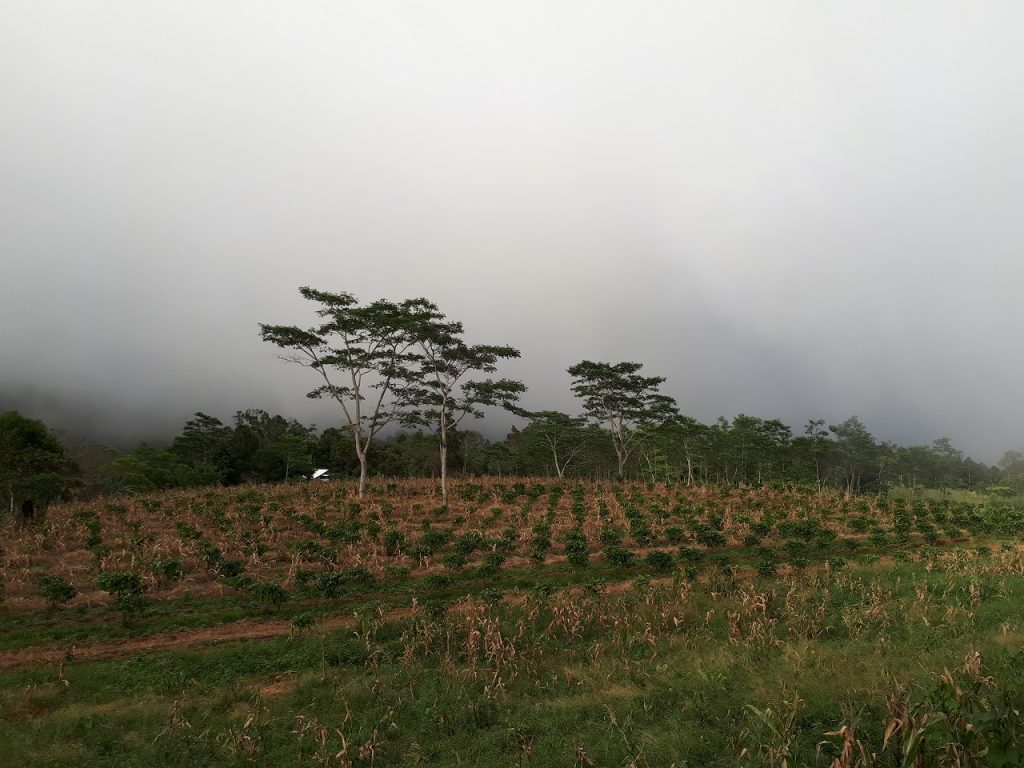
Drive beyond Gingoog and you’ll reach Claveria. If you get there before sunset, you’ll find a viewing deck perfect for some Instagram shots. The drive down the mountains of Claveria will eventually take you back to Cagayan de Oro.
Route from Cagayan de Oro
References:
1. Morales, Maria Virginia Yap. Balay Ukit: Tropical Architecture in Pre-WWII Filipino Houses. Mandaluyong: Anvil Publishing, Inc., 2013.
2. Zialcita, Fernando N., and Matin I. Tinio, Jr. Philippine Ancestral Houses. Quezon: GCF Books, 1980.
3. Fernandez, Rino D.A. Diksiyonaryong Biswal ng Arkitekturang Filipino. Manila: University of Santo Tomas Publishing House, 2015.
4. Mis. Or PIO. “Lagbas Ancestral House, Gipaningkamotang Mahimong National Heritage Site.” misamisoriental.gov.ph. http://www.misamisoriental.gov.ph/lagbas-ancestral-house-gipaningkamotang-mahimong-national-heritage-site/ (accessed April 26, 2020).
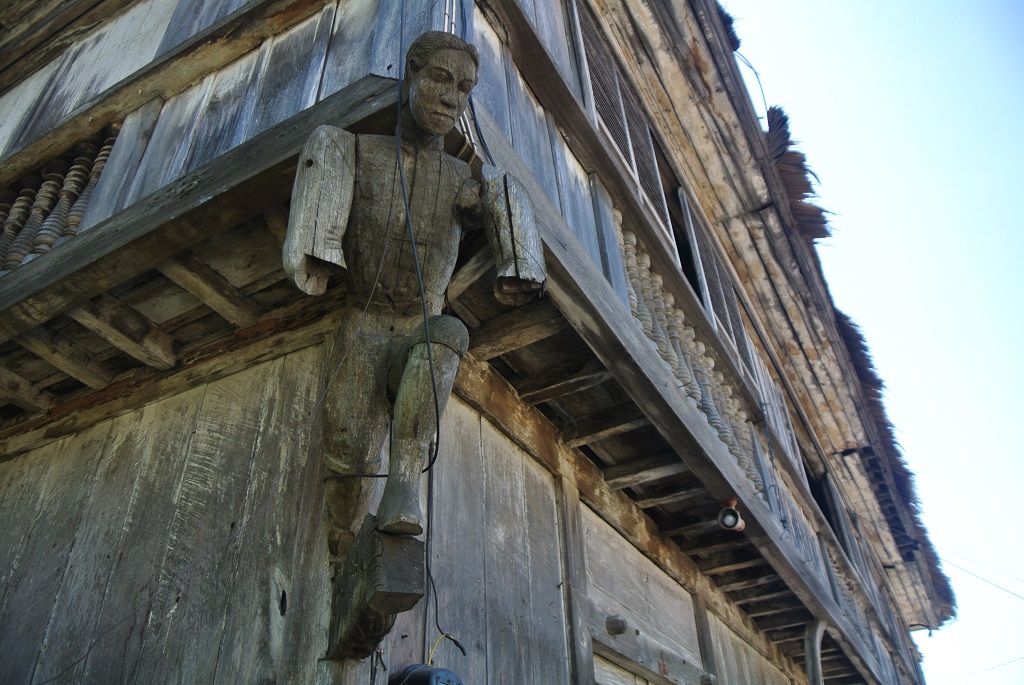
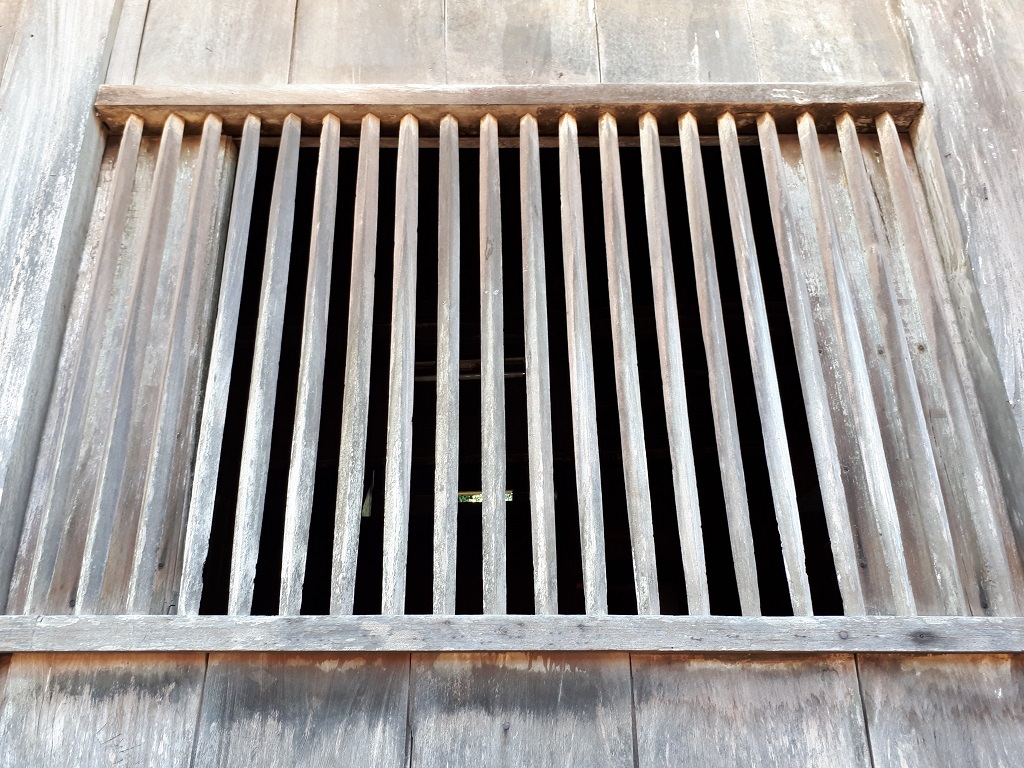
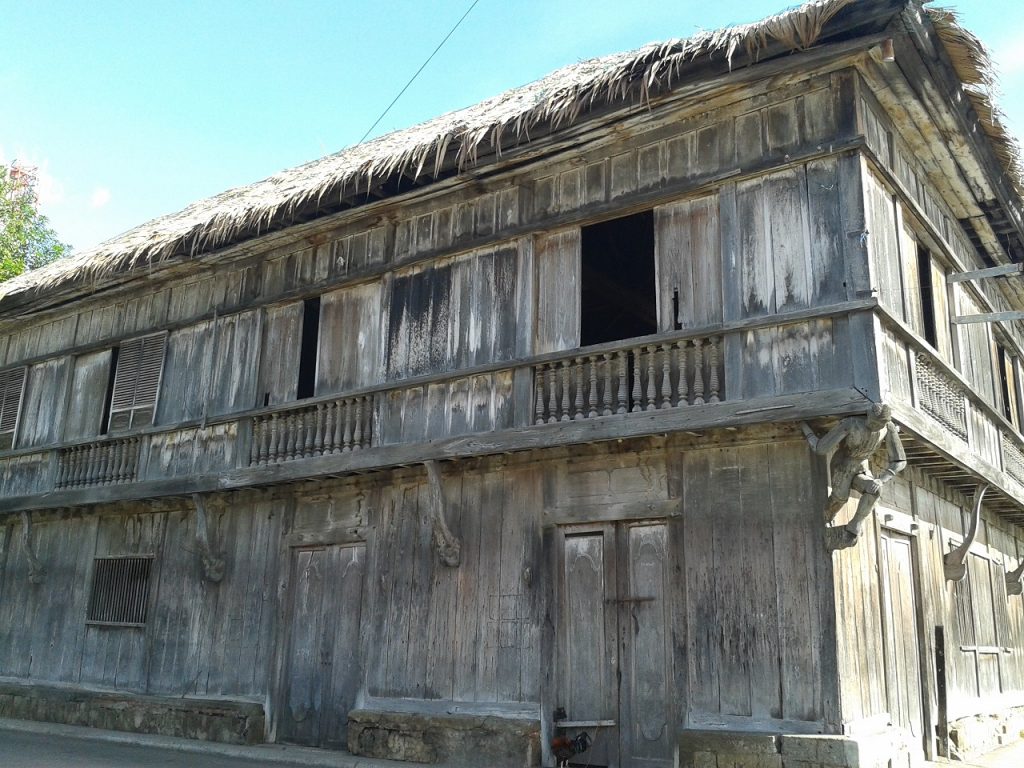
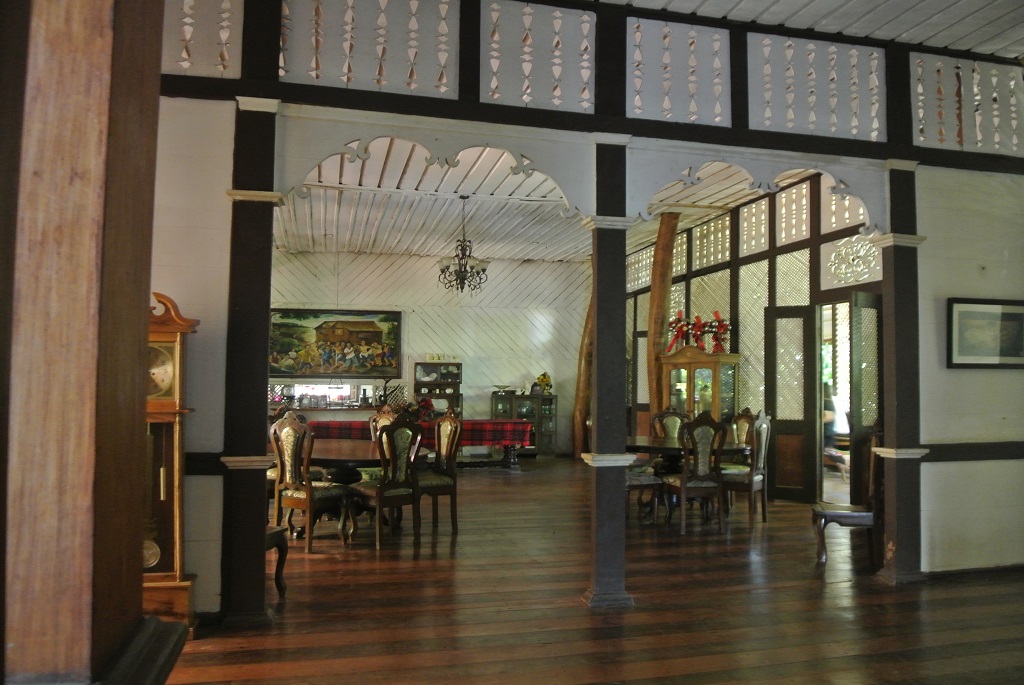
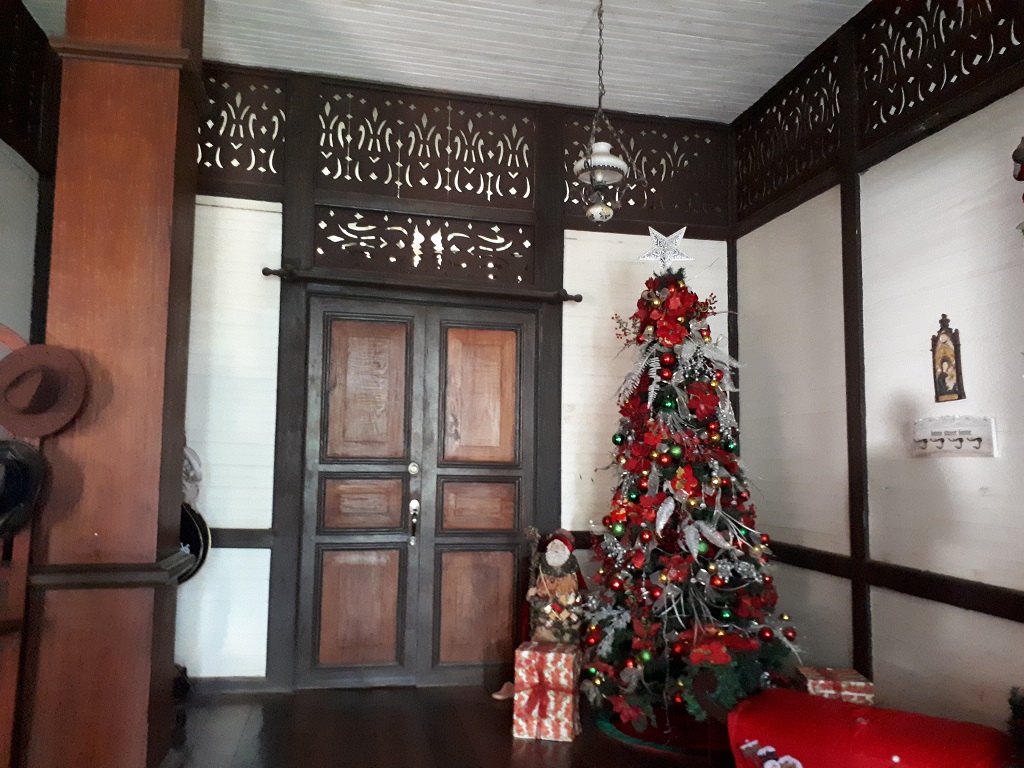
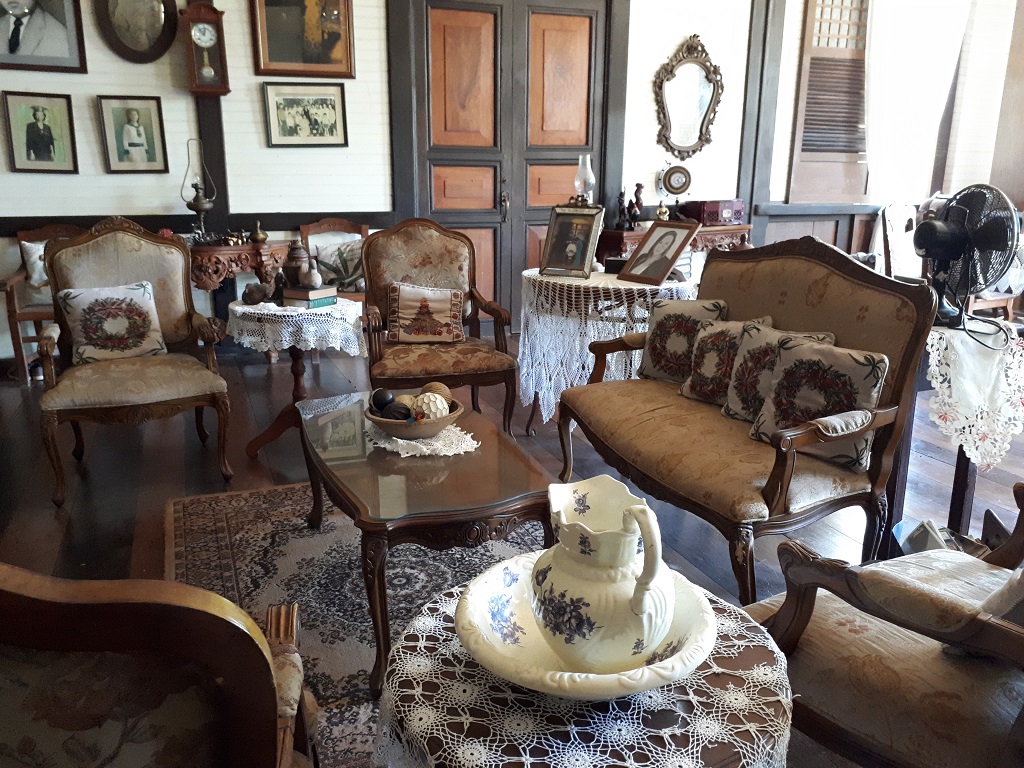
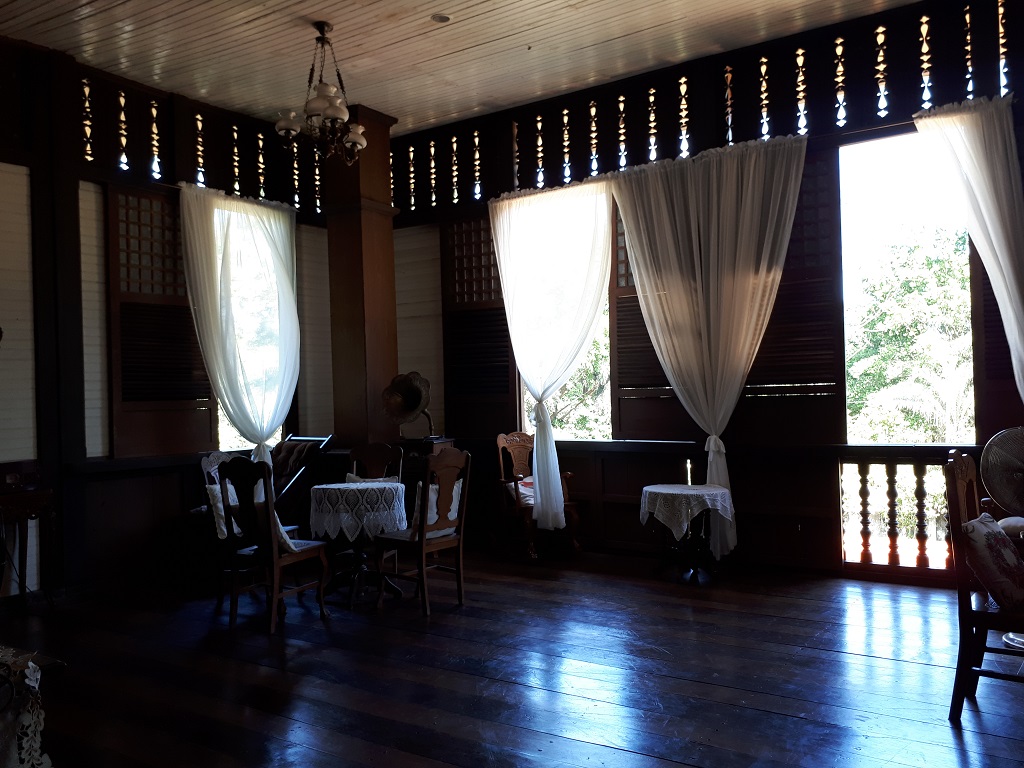
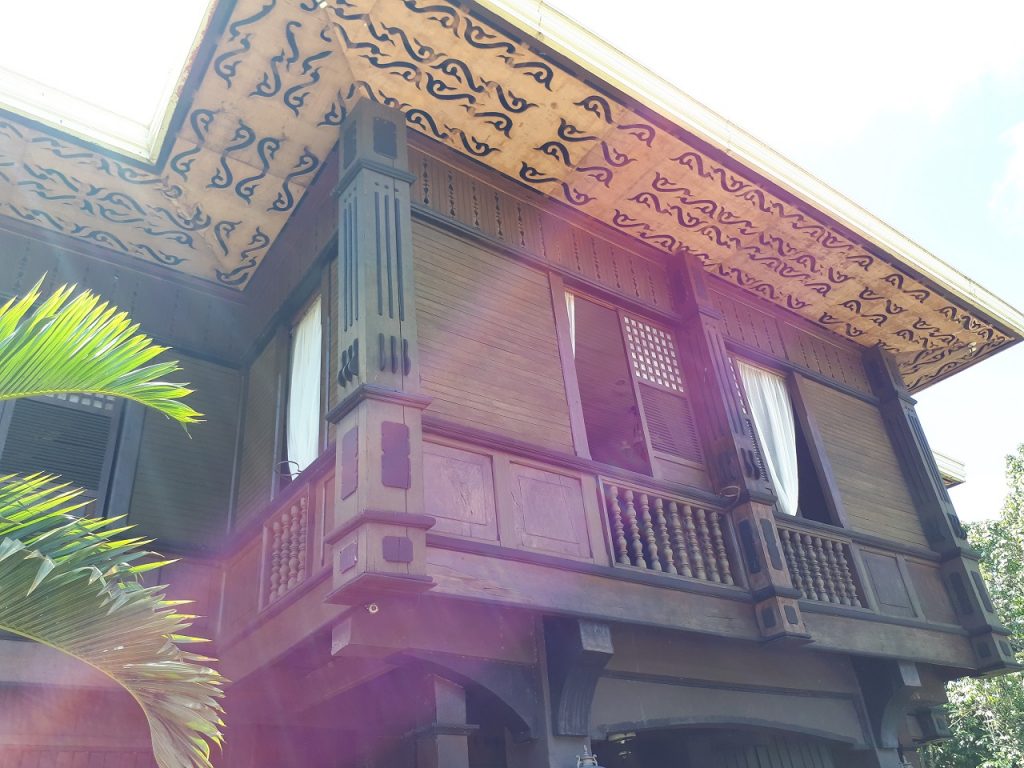
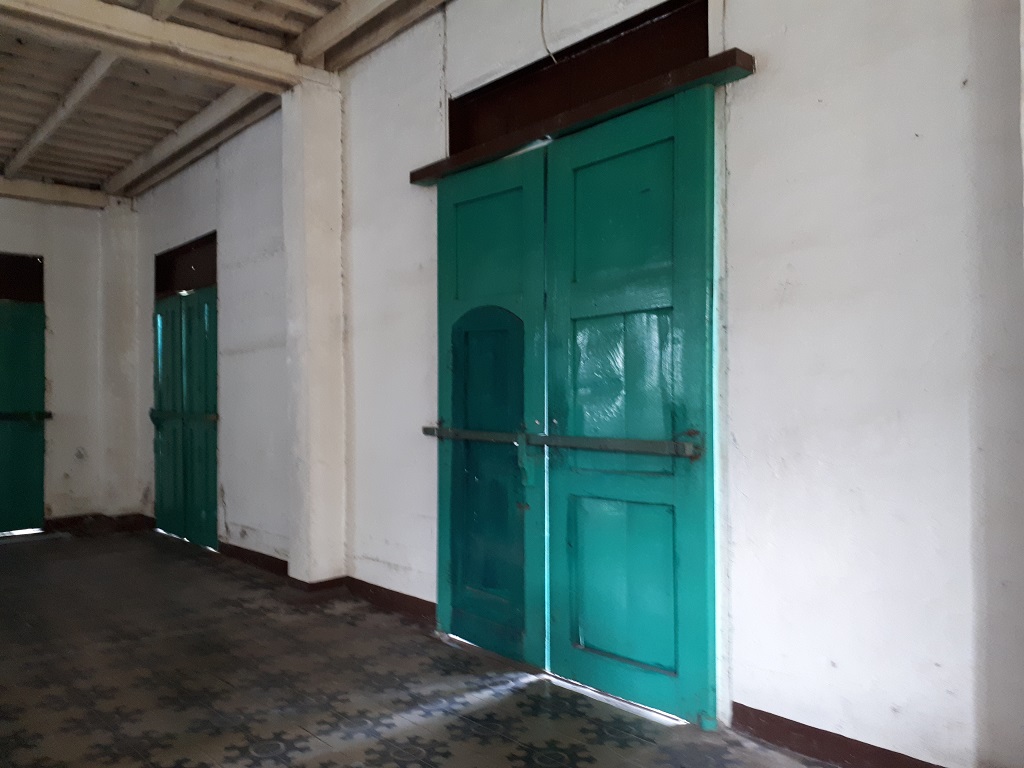
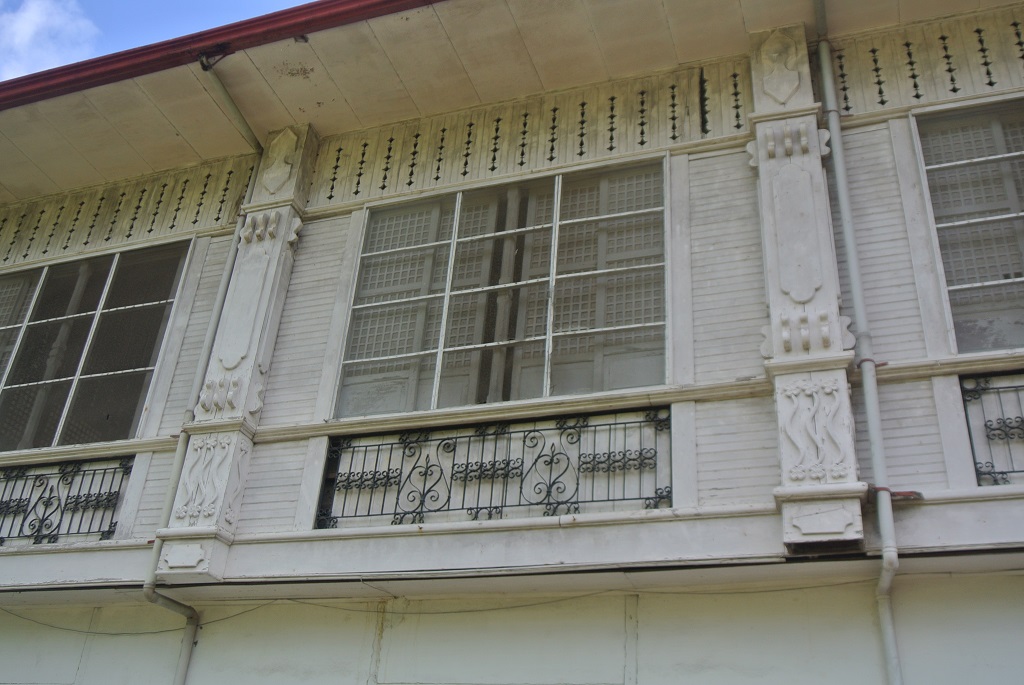
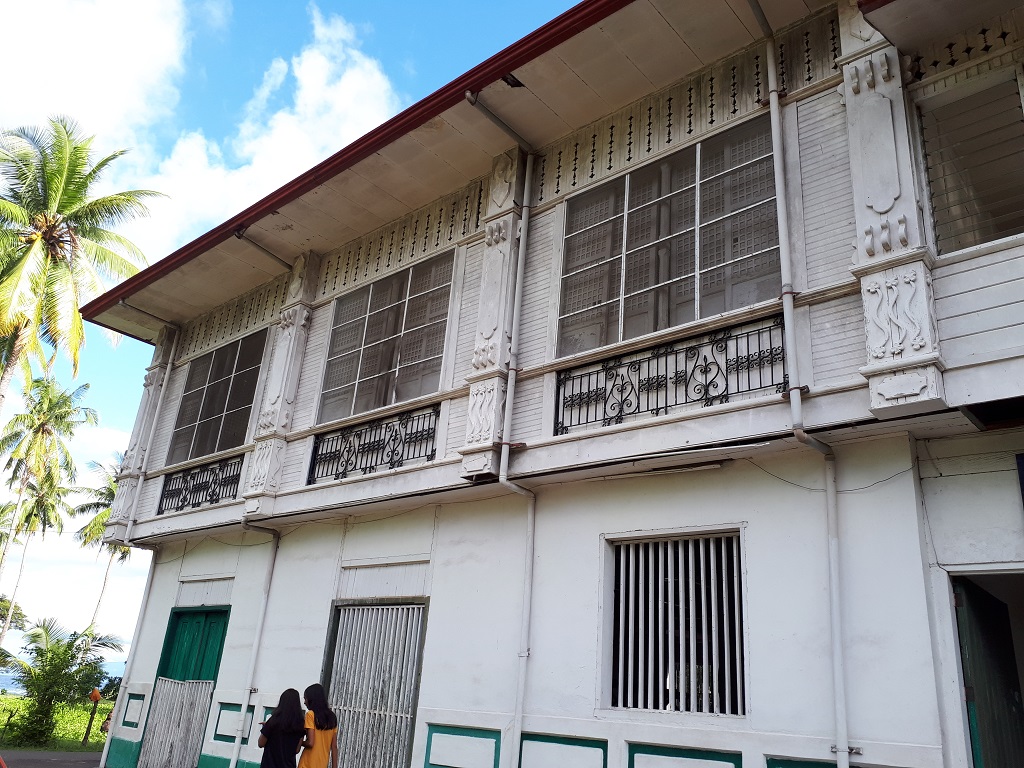
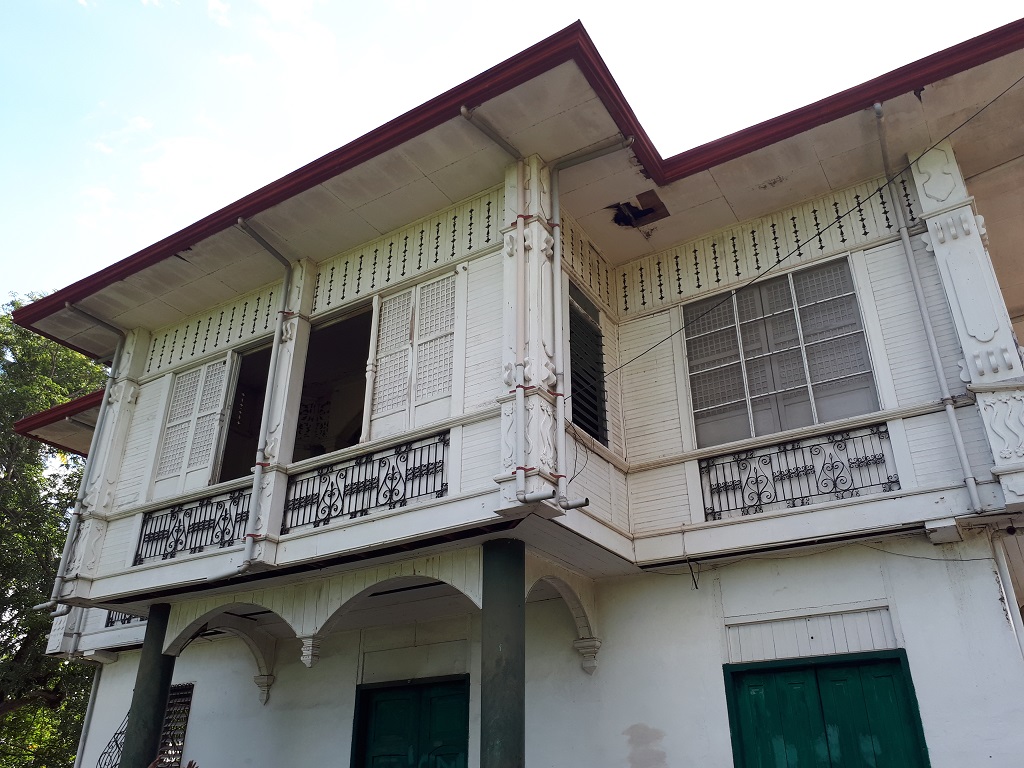
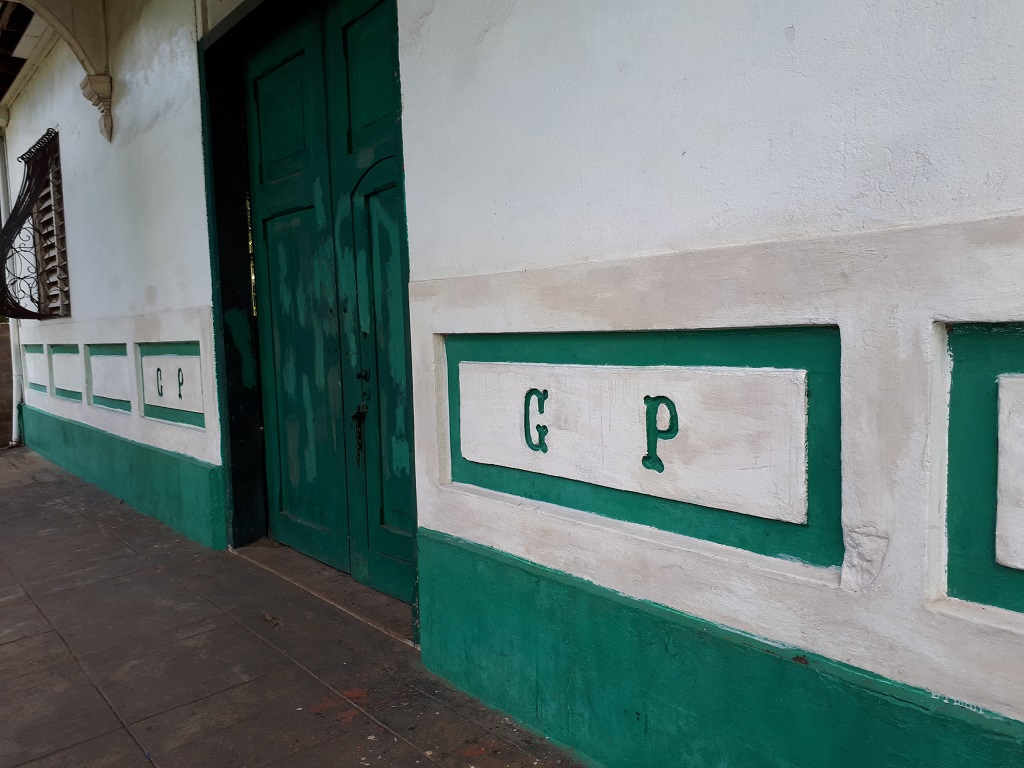
Recent Comments